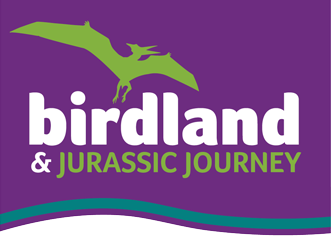27 of June 2014 Species Spotlight – Red Crested Touraco

This week we highlight a species who have eggs for the first time in a couple of years
Red Crested Touraco
Tauraco erythrolophus

These beautiful birds are native to areas of forest and grassland in West Africa, where their numbers are currently though of least concern. There was concern during years of civil war in Angola over the wild population but they seem steady. Red Crested Touracos are kept as a European Studbook Programme, run by our friends across at Cotswold Wildlife Park. They are nearly all found in Angola where they are the National Bird.
Turacos are unique in the bird world in that they are the only birds to possess certain pigments in their feathers, giving them the bright colours. Turacin is the pigment which gives the red colour and turacoverdin gives them their green colour. Both these pigments contain copper and if you were to stir a glass of water with a red feather, it would turn pink. When threatened, they often lift the wings and show off a bright streak of red, which often deters any predators. Males and females look alike.

Diet wise they are mainly fruit eaters although seeds, insects, flowers and leaves may also be taken. They often forage in large groups of up to 30, moving from tree to tree in short bursts of flight, or hops. Their outer toes are flexible and can be used for gripping facing both forward and back. Long tails aid in balance.
Pairs are monogamous and stay together for life (life expectancy is around 9 years). Males impress the females by feeding them and both birds build the nest, often a flimsy twig construction. 2-3 eggs are laid and are white in colour. Both parents incubate and it is around 21 days before the eggs hatch. Both adults assist with looking after the chicks and other members of the group may also feed the young. Fledging occurs at 4 weeks

We currently keep a pair of Red Crests in the aviary boulevard, alongside our Grey Peacock Pheasant, Madagascan Teal & Bronzewing Pigeon. Fresh fruit is prepared daily and a range of other foods are available. The male had proved particularly difficult to pair in the past, beating up 2 other females but immediately bonded with the current female. They successfully bred in 2010 and the young female is still with us, off show. Unfortunately she has a twisted leg so will be unable to bred but is more than capable getting around.
This year, despite 2 nest sites being made available the pair have laid their eggs on the shed floor, where we shut them in at night during the winter. We have provided a bowl with twigs and hay and placed the eggs within and they have accepted this. It’s important that the chicks have something to grip otherwise splayed legs would be a real problem. The eggs should be due to hatch in the next week or so, we’ll keep you informed
No news this week as I have been enjoying a week off


